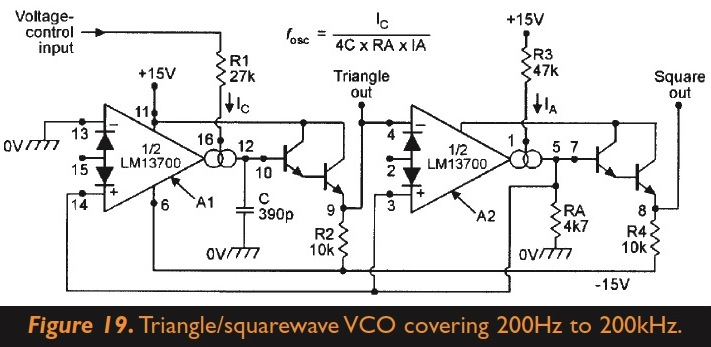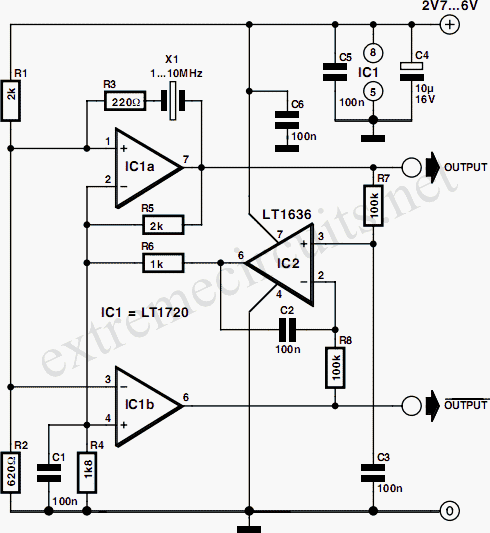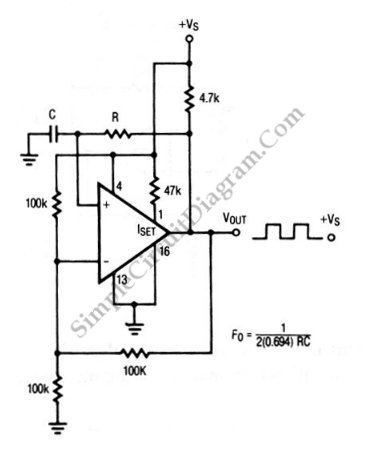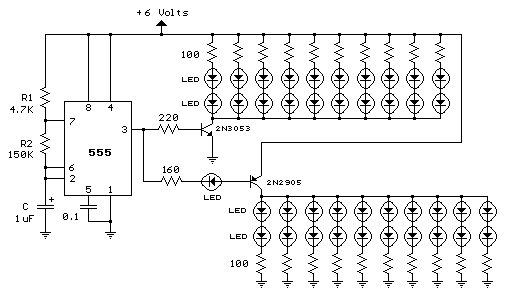
oscillator VCO sawtooth and duty cycle

The circuit generates square and triangle waves. There is an inquiry about the possibility of adding a couple of diodes and a potentiometer to enable skewing between triangle-ramp/saw and changing the duty cycle of the square wave. Is it that simple?
The circuit in question utilizes an oscillator to produce square and triangle waveforms. The base design typically incorporates components such as operational amplifiers or integrated circuit timers, which generate these waveforms through their inherent characteristics. To enhance functionality, the addition of diodes and a potentiometer can be considered.
Incorporating diodes into the circuit can facilitate waveform shaping. For instance, by placing diodes in specific configurations, it is possible to create a ramp or sawtooth waveform from the triangle wave output. This is achieved by controlling the charging and discharging paths of the waveform, allowing for adjustments in slope and amplitude.
The introduction of a potentiometer can serve multiple purposes. It can be integrated into the feedback loop of the oscillator to adjust the duty cycle of the square wave output. By varying the resistance of the potentiometer, the ratio of the high and low states of the square wave can be modified, thus achieving the desired duty cycle.
To implement these modifications, the following steps can be taken:
1. Identify the output stage of the oscillator where the square and triangle waves are generated.
2. Connect the potentiometer in such a way that it influences the feedback or timing components of the oscillator, allowing for duty cycle adjustments.
3. Integrate the diodes in a manner that alters the triangle wave output to create the desired ramp or sawtooth effect, ensuring that the diodes are oriented correctly to allow current flow in the intended direction.
It is essential to consider the specifications of the components used, including the maximum voltage and current ratings of the diodes and the resistance range of the potentiometer, to ensure compatibility with the existing circuit. Additionally, simulations or prototyping may be beneficial to verify the effectiveness of these modifications before final implementation.The circuit generates square and triangle wave. I wonder if I can add a couple of diodes and a potentiometer to be able to skew between triangle-ramp/saw and change the duty cycle of the square wave Is it that simple 🔗 External reference
The circuit in question utilizes an oscillator to produce square and triangle waveforms. The base design typically incorporates components such as operational amplifiers or integrated circuit timers, which generate these waveforms through their inherent characteristics. To enhance functionality, the addition of diodes and a potentiometer can be considered.
Incorporating diodes into the circuit can facilitate waveform shaping. For instance, by placing diodes in specific configurations, it is possible to create a ramp or sawtooth waveform from the triangle wave output. This is achieved by controlling the charging and discharging paths of the waveform, allowing for adjustments in slope and amplitude.
The introduction of a potentiometer can serve multiple purposes. It can be integrated into the feedback loop of the oscillator to adjust the duty cycle of the square wave output. By varying the resistance of the potentiometer, the ratio of the high and low states of the square wave can be modified, thus achieving the desired duty cycle.
To implement these modifications, the following steps can be taken:
1. Identify the output stage of the oscillator where the square and triangle waves are generated.
2. Connect the potentiometer in such a way that it influences the feedback or timing components of the oscillator, allowing for duty cycle adjustments.
3. Integrate the diodes in a manner that alters the triangle wave output to create the desired ramp or sawtooth effect, ensuring that the diodes are oriented correctly to allow current flow in the intended direction.
It is essential to consider the specifications of the components used, including the maximum voltage and current ratings of the diodes and the resistance range of the potentiometer, to ensure compatibility with the existing circuit. Additionally, simulations or prototyping may be beneficial to verify the effectiveness of these modifications before final implementation.The circuit generates square and triangle wave. I wonder if I can add a couple of diodes and a potentiometer to be able to skew between triangle-ramp/saw and change the duty cycle of the square wave Is it that simple 🔗 External reference





